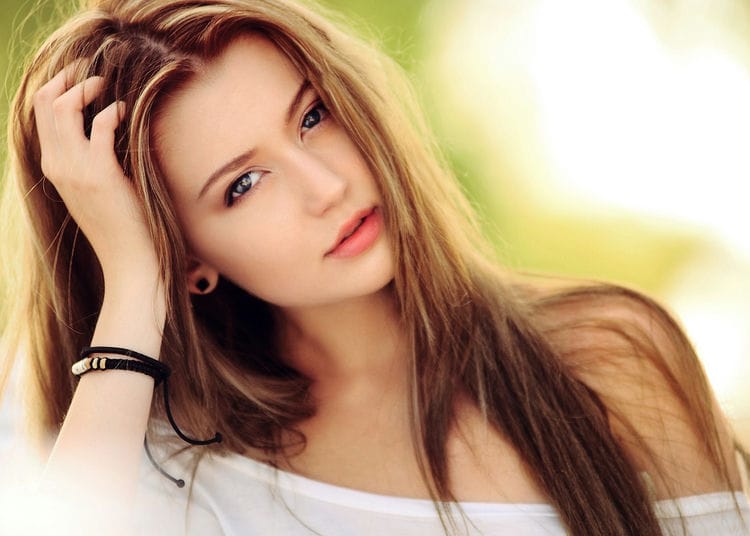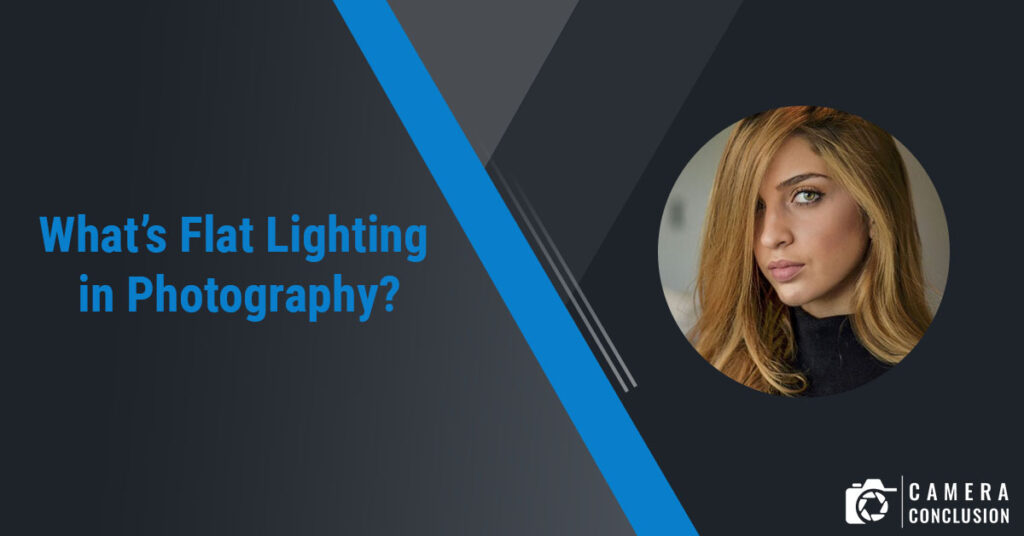Index
Flat lighting in photography refers to a type of lighting that creates a soft and even illumination without much contrast or shadows. This type of lighting is often used in commercial and product photography, as well as in portrait photography. Understanding flat lighting is important for photographers because it can be used to create a specific look and feel in an image. In this article, we will discuss the characteristics of flat lighting, the types of flat lighting, its advantages and disadvantages, how to achieve flat lighting, and its applications in photography.
Characteristics of Flat Lighting
The characteristics of flat lighting in photography include a lack of contrast, little or no shadows, and a dull and uninteresting appearance. Flat lighting is created by diffusing light sources and reducing the amount of directional light. This results in an even illumination that can be ideal for certain types of photography, such as product photography. However, flat lighting can also make images appear boring and lacking in depth and dimension. It can be difficult to create mood and atmosphere with flat lighting, as it tends to produce a neutral and uniform look. Overall, the lack of shadows and contrast in flat lighting can be both an advantage and a disadvantage, depending on the desired effect and subject matter.

Types of Flat Lighting
There are three main types of flat lighting in photography: natural flat lighting, artificial flat lighting, and diffused flat lighting.
- Natural flat lighting: This type of flat lighting occurs when the light source is naturally diffused, such as on an overcast day. The lack of direct sunlight creates a soft and even illumination without harsh shadows or highlights.
- Artificial flat lighting: This type of flat lighting is created by using artificial light sources, such as studio lighting. The light is typically diffused using modifiers such as softboxes, umbrellas, or reflectors to create an even illumination without harsh shadows.
- Diffused flat lighting: This type of flat lighting is created by using a diffuser, such as a piece of fabric or paper, to soften the light source. This results in a soft and even illumination without harsh shadows or highlights.
Each type of flat lighting can be used to achieve a different effect depending on the desired outcome of the photograph. For example, natural flat lighting may be used to create a peaceful and serene atmosphere, while diffused flat lighting may be used to create a soft and romantic feel.
Advantages of Using Flat Lighting
- Minimal shadows: Flat lighting creates an even illumination that reduces the appearance of shadows, making it ideal for certain types of photography such as product photography.
- Even illumination: Flat lighting produces a consistent illumination across the subject, which can be helpful in achieving a uniform look in the photograph.
- Easy to manipulate and adjust: Flat lighting is easy to manipulate and adjust in post-processing. Photographers can adjust the brightness and contrast of the image without worrying about uneven lighting or harsh shadows.
- Can be used in different types of photography: Flat lighting can be used in a variety of photography genres, including product photography, portrait photography, and studio photography.
Disadvantages of Using Flat Lighting
- Lack of depth and dimension: Flat lighting creates an even illumination without much contrast or shadows, which can result in a lack of depth and dimension in the photograph. This can make the image appear flat and uninteresting.
- Boring and uninteresting: The lack of contrast and shadows in flat lighting can make the image appear boring and lacking in visual interest. This can be a disadvantage when trying to capture a dynamic or engaging photograph.
- Difficult to create mood and atmosphere: Flat lighting produces a neutral and uniform look, which can make it difficult to create a specific mood or atmosphere in the photograph. This can be a disadvantage when trying to capture a specific emotion or feeling.
How to Achieve Flat Lighting
- Diffuse the light source: To achieve flat lighting, it is important to diffuse the light source. This can be done by using a softbox, umbrella, or reflector to spread the light evenly across the subject.
- Use a diffuser: Another way to achieve flat lighting is to use a diffuser, such as a piece of fabric or paper, to soften the light source. This will create a soft and even illumination without harsh shadows or highlights.
- Avoid direct sunlight: Direct sunlight can create harsh shadows and highlights, which are not ideal for flat lighting. To achieve a flat lighting effect, it is best to avoid direct sunlight and use natural diffused light or artificial lighting.
- Adjust the distance between the light source and subject: The distance between the light source and subject can also impact the quality of flat lighting. Moving the light source closer to the subject can create a softer and more diffused light, while moving it farther away can create a more directional light with stronger shadows.
- Use post-processing: Flat lighting can also be achieved in post-processing by adjusting the brightness and contrast of the image. This can be helpful in creating a consistent illumination across the subject and reducing the appearance of shadows.

Applications of Flat Lighting
- Product photography: Flat lighting can be useful in product photography because it minimizes shadows and provides even illumination, which can showcase the product in a clear and consistent way.
- Portrait photography: Flat lighting can be used in portrait photography to create a soft and even illumination on the subject’s face. This can be helpful in minimizing blemishes or wrinkles and creating a flattering look.
- Studio photography: Flat lighting is often used in studio photography because it can create a consistent and even illumination across the subject. This can be helpful in achieving a uniform look and minimizing post-processing work.
- Food photography: Flat lighting can be useful in food photography because it can provide an even illumination on the subject, making it look more appealing and appetizing.
- Fashion photography: Flat lighting can be used in fashion photography to create a soft and even illumination on the subject’s face and body. This can be helpful in showcasing the clothing or accessories in a clear and consistent way.
Conclusion
In conclusion, flat lighting is a lighting technique in photography that creates an even illumination without much contrast or shadows. It is achieved by diffusing the light source to create a soft and even illumination on the subject.
Flat lighting can be advantageous in certain situations, such as product photography or portrait photography, where an even illumination is desired. It can also be helpful in minimizing post-processing work and achieving a uniform look in studio photography.
However, flat lighting can also have its disadvantages, such as a lack of depth and dimension, and a potentially boring or uninteresting image. It is important for photographers to carefully consider the desired effect and subject matter before using flat lighting in their photography.
Overall, flat lighting is a useful technique that can be employed in a variety of photography genres, and can help photographers achieve a specific look or feel in their images.
